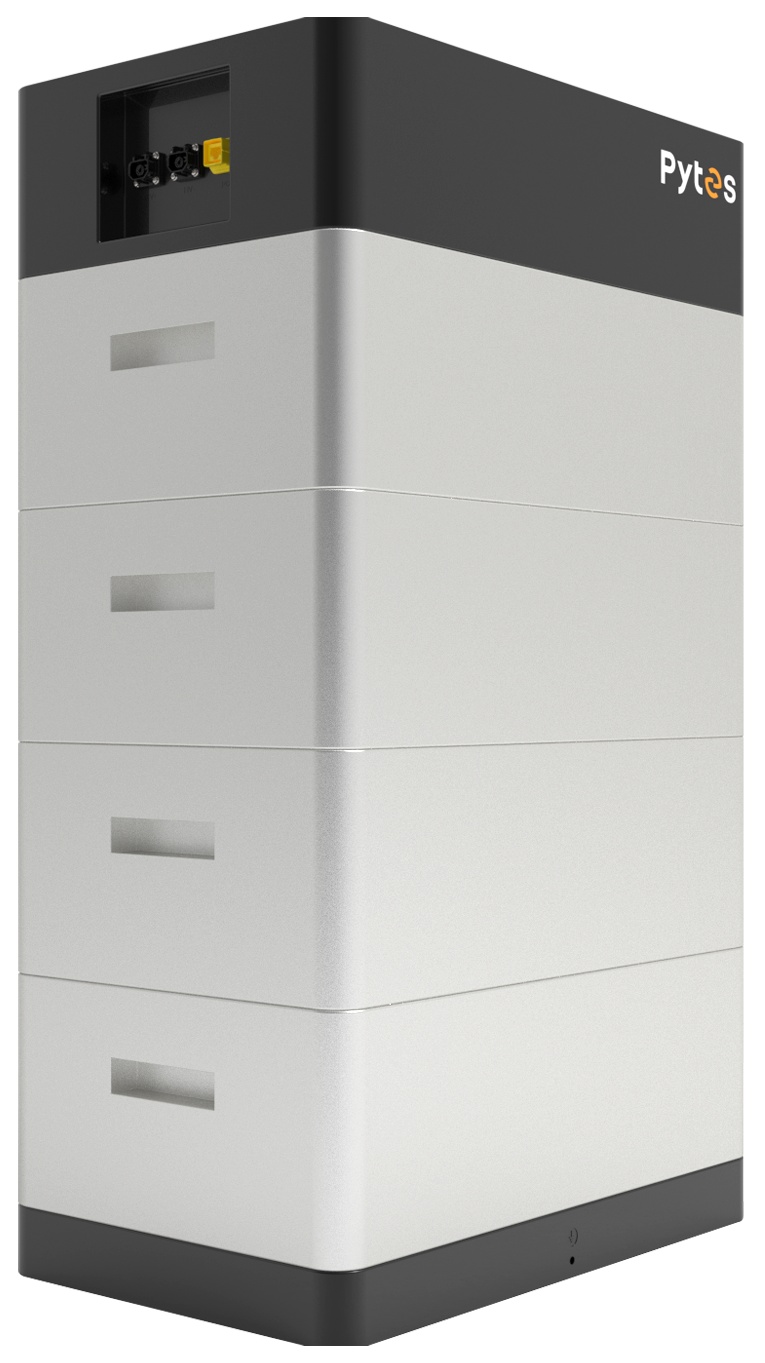https://www.pytesess.com/industry/what-is-stackable-lithium-battery.html
Stackable lithium battery refers to stacking multiple individual battery components together to form an overall energy storage system. This design can increase the overall energy capacity and power output of the energy storage system. Stackable lithium battery usually consists of multiple battery modules, battery management system (BMS), connecting cables and casing.

Advantages of stackable lithium batteries include:
Large capacity: By stacking multiple battery modules, larger energy storage capacity can be obtained to meet the needs of high energy consumption equipment or long-term use.
High power output: The stacked design allows multiple battery modules to be connected in parallel, providing higher power output capabilities and suitable for scenarios with instantaneous high power demand.
Scalability: The stackable lithium battery can add or remove modules as needed to achieve flexible expansion and capacity adjustment of the system.
System stability: The stacked design can provide better battery balance and temperature management, ensure balanced performance of each battery module, and reduce the occurrence of hot spot effects.
High space utilization: The stacked design can effectively utilize space and reduce the equipment footprint, making it suitable for application scenarios with limited space.
Pytes reminds everyone that the stackable lithium battery system needs to consider the requirements for connections between modules, thermal management, safety protection and other aspects when designing and installing the stackable lithium battery system to ensure the stability and security of the system. Therefore, when selecting and using stackable lithium battery systems, you should follow relevant specifications and standards, and seek technical support and advice from professional stackable lithium battery manufacturers.